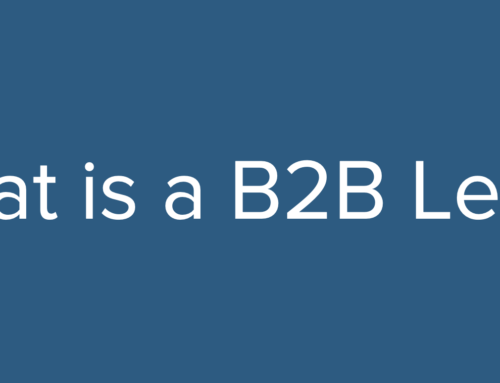Which conversion attribution model is best is for you? In this day and age it isn’t uncommon to find a diverse mix of channels and tactics in demand generation and marketing plans, and this is to be expected as each tactic has different strengths and weaknesses. The big question for marketers, however, is how to demonstrate how these diverse tactics effect conversions or e-commerce sales.
The answer to this big question is conversion attribution modeling or methodology– which we can define as a set of rules that dictate how credit for conversions or sales are assigned to the different touch points and tactics within a campaign or conversion path. For the longest time, there wasn’t as big of a focus on conversion attribution modeling, and for the most part only the last tactic that a user interacted with got credit for the conversion. This is all fine and dandy, except for when your limited marketing budget is shrinking and you need to show how each tactic of your marketing and demand generation campaign is instrumental in driving conversions. Now, in the modern marketing landscape, there are a wide variety of conversion attribution models that marketers can use:
Last click attribution
Last click attribution gives 100% of the credit for a conversion to the last tactic that touched the user. This is typically what most marketers are familiar with and does a pretty good job of identifying which tactics are good at generating conversions in a vacuum. However, the drawback to this model is that it neglects to show how other tactics keep your brand’s message at the top of the mind of the user.
First click attribution
First click attribution gives 100% of the credit for a conversion to the first tactic that touched the user. This model does a good job of showing which tactics were the best at grabbing users attention from the start. The downside is that this model doesn’t give much visibility into which tactic ultimately made the user break down and convert.
Linear attribution
Linear attribution takes a more holistic approach to showing how users that converted came to do so; it takes all of the touch points and tactics that a user interacts with before converting and divides the conversion evenly between them. For example, if a user clicks on an email, sees a display ad, and then clicks on a social media post and then ultimately convert, each of the tactics are awarded one third of a conversion.
Time decay attribution
Time decay also – like the linear model – gives fractional conversions to all of the tactics that a led to a user converting. The difference between the two is that the time decay model weights the tactics that were closer to the actual conversion higher than those that happened earlier in the cycle, accounting for people forgetting messaging over time.
Position based attribution
Position based modeling is essentially a hybrid of first click, last click, and linear attribution. It weights the first and last interaction significantly higher than the remaining tactics, giving both a holistic view of the conversion path as well as demonstrating which tactics are initially grabbing users attention and driving the final conversion.
Which do you choose?
So which conversion attribution model is the right one for you? The short answer is that it will likely be valuable to take a look at each model and see the different insights that will make themselves apparent.
Does it make sense to spend another $20k on an online display campaign? Take a look at the linear or time decay attribution and see how well it kept potential users engaged leading up to a conversion. Want to figure out which tactic did the best job of grabbing attention and attracting new users into their funnels? Take a look at the first click conversion attribution model. Trying to discern which tactic was the straw that broke the camels back and finally made users convert? Then last click attribution is the model for you.
At the end of the day taking a look at how your marketing and demand generation campaigns performed from a few different lenses will ensure that you aren’t missing any valuable insights and demonstrate the value of using diverse tactics to reach your audience.






